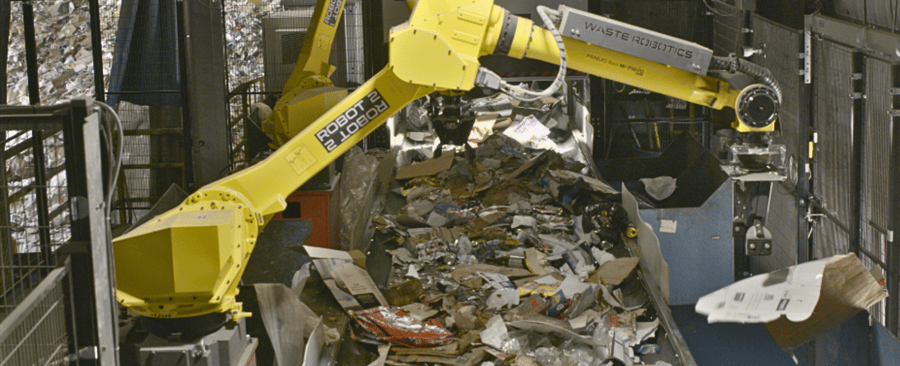The Buzz About AI Grippers: How Do They Really Work?
Picture this: a robotic arm that can gently pick a ripe tomato without bruising it, then switch seamlessly to handling a heavy metal tool. Welcome to the world of AI-powered grippers, where robots are no longer confined to repetitive, rigid tasks but are becoming versatile, intelligent assistants. These advanced grippers are transforming industries by providing unprecedented flexibility and precision. But how exactly do they work, and what makes them groundbreaking?
AI-powered grippers use machine learning algorithms, computer vision, and neural networks to understand and adapt to their surroundings. This combination allows them to handle various tasks with great flexibility. Unlike traditional grippers, AI-driven ones can analyze objects' shapes, sizes, and textures in real time. This enables them to handle various items with skills similar to the human hand.
These grippers are equipped with tactile sensors, vision systems, and force feedback mechanisms. Cameras provide visual input, helping the gripper recognize object shapes and textures. Tactile sensors determine the pressure needed for a secure grip, while force sensors offer real-time feedback, allowing the gripper to adjust its force based on the object's characteristics.
Understanding the Complexities of AI Grippers in Waste Streams
The complexities of using AI grippers in waste streams present unique challenges. Items vary greatly in shape, weight, and material, making it difficult for traditional grippers to handle them efficiently. Waste Robotics recognized this need in the industry and developed AI grippers specifically designed to tackle these challenges, paving the way for a more sustainable future.
Our AI grippers are engineered to adapt to the unpredictable nature of waste streams. They can differentiate between a fragile glass bottle and a sturdy plastic container, ensuring that each item is handled appropriately. This adaptability not only enhances the efficiency of sorting but also reduces contamination, leading to higher-quality recyclables.
AI-driven grippers are designed to work alongside humans, understanding and reacting to human actions. This collaboration can enhance efficiency in various industries, such as manufacturing and healthcare. For example, in manufacturing, robots with intelligent grippers can assist human workers by performing repetitive and physically demanding tasks, allowing humans to focus on more complex and creative aspects of their jobs.
As AI technology advances, robotic grippers' capabilities will only improve. Integrating AI in robotics is not just a trend but a significant shift in how we approach automation and human-robot cooperation. AI-powered grippers represent a major advancement in robotic technology. Their ability to learn, adapt, and collaborate with humans makes them invaluable in many applications. As AI continues to evolve, these intelligent grippers will play a crucial role in the future of automation.
By addressing the complexities of waste stream variability, Waste Robotics is at the forefront of developing AI solutions that enhance operational efficiency and contribute to a more sustainable and environmentally friendly future. Our innovative approach ensures that AI grippers are a tool and a transformative force in the recycling industry.
Subscribe to Our Newsletter
Related posts

From Temporary Worker to Industry Leader Shannon Dwire's Inspiring Path


.png?width=900&name=Untitled%20design%20(6).png)
